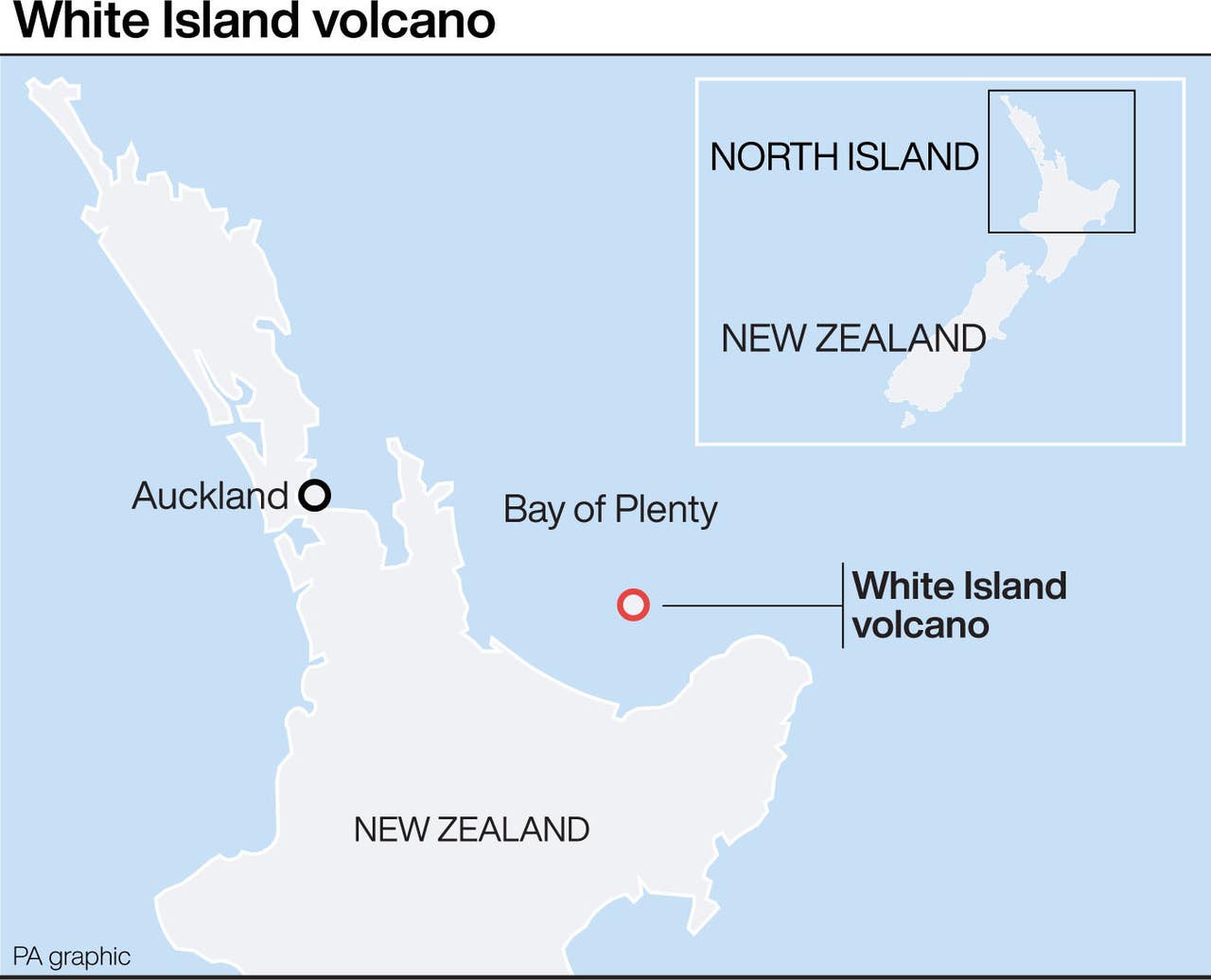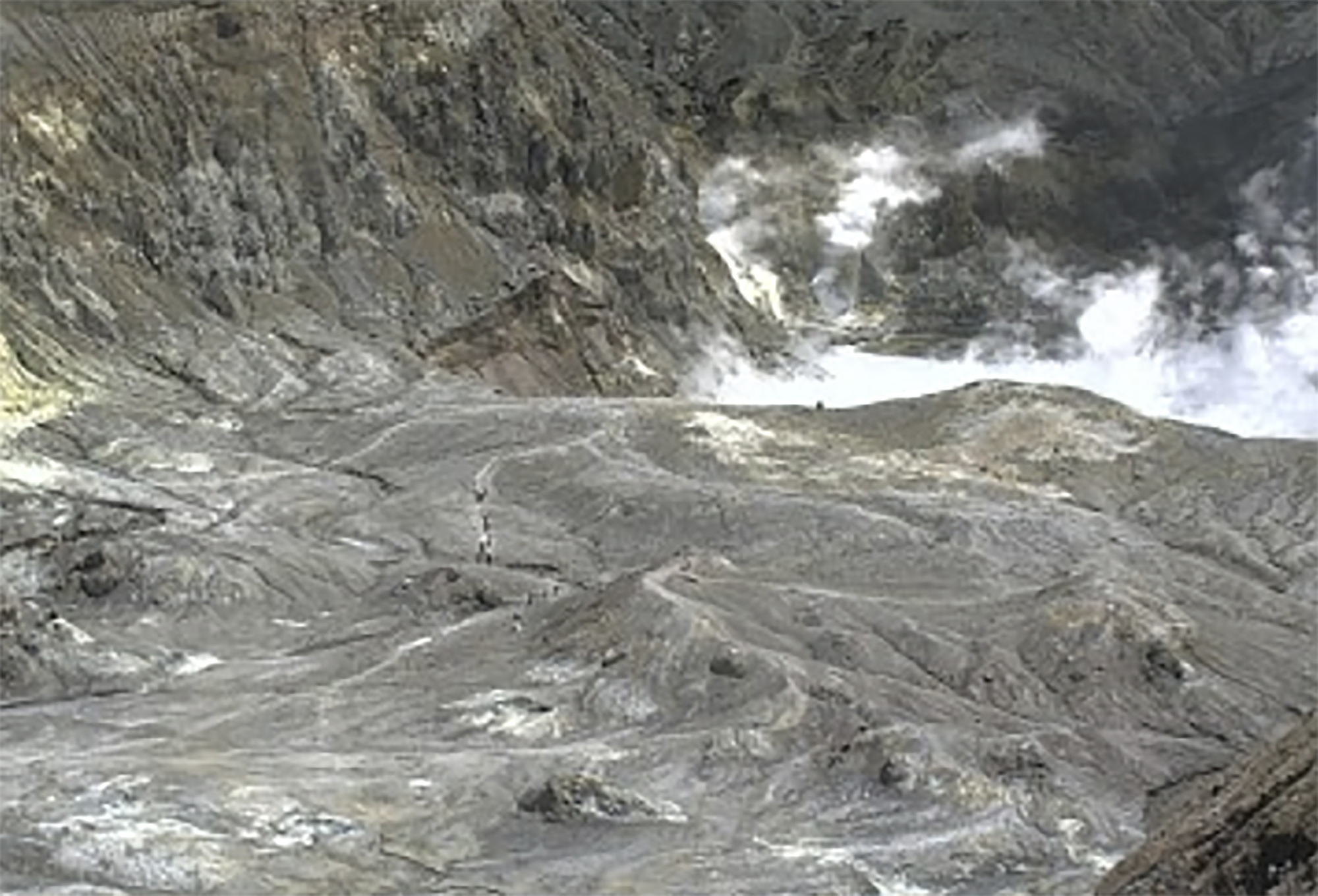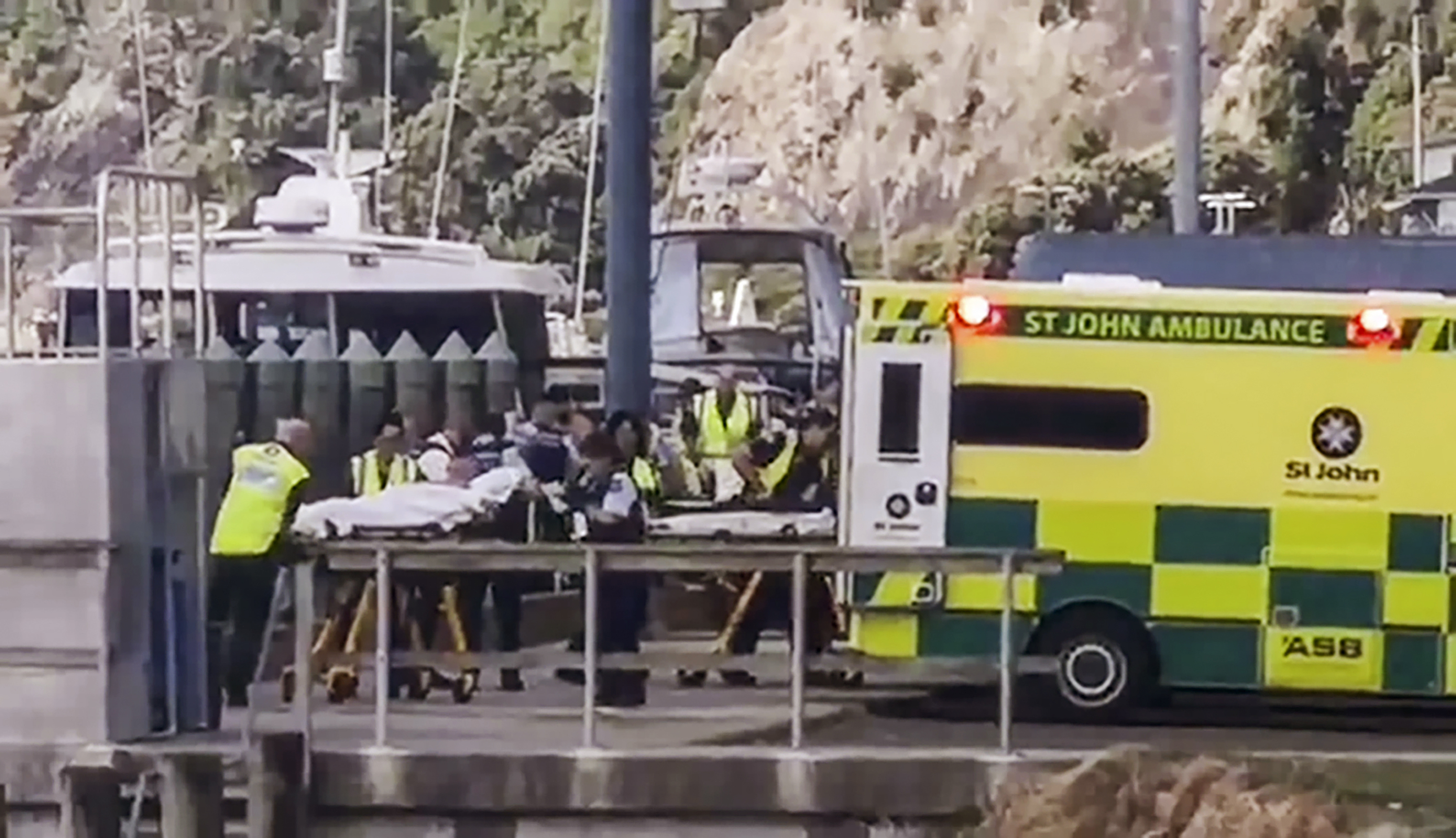Dozens feared dead following eruption of New Zealand volcano
Police said aircraft had seen no signs of life.
/arc-anglerfish-arc2-prod-shropshirestar-mna.s3.amazonaws.com/public/W7TQYZE3DJFRHNN4M2JKG5VL4A.jpg)
Five people have been killed and many more are missing and presumed dead after a volcano erupted in New Zealand.
Eighteen others have been rescued, including some of them who are severely burned, after the volcano erupted while tourists were exploring its surface.
Police have said that the site is still too dangerous hours later for rescuers to search for the missing but that aircraft had seen no signs of life.
“Based on the information we have, we do not believe there are any survivors on the island,” police said in a statement.
The disaster immediately raised questions about why people were allowed to visit the island some 30 miles off mainland New Zealand after scientists had noted a rise in volcanic activity in recent weeks. White Island is the tip of an undersea volcano.
Deputy police commissioner John Tims said the number of missing was in double figures but he could not confirm an exact number.

Fewer than 50 people were on the island when the volcano erupted, and 23 had been taken off, including the five dead, he said. Mr Tims said there had been no contact with any of the missing.
He said most of the 18 who survived were injured.
Mr Tims said New Zealanders and foreign tourists were among the dead, missing or injured. Some of the visitors were passengers from the Royal Caribbean cruise ship Ovation Of The Seas.

“We will offer all possible assistance to our guests and local authorities. Please keep all those affected in your prayers,” the cruise line said.
The ship had left Sydney last week and had been scheduled to sail to the New Zealand capital of Wellington on Monday night, but Royal Caribbean said it would instead remain in port on neighbouring North Island until more was learned about the situation.
The eruption sent a plume of steam and ash about 12,000 feet into the air.
The GeoNet agency, which monitors volcanoes and earthquakes in New Zealand, had raised the alert level on White Island on November 18 from one to two on a scale where five represents a major eruption, noting an increase in sulphur dioxide gas, which originates from magma deep in the volcano. It also said that volcanic tremors had increased from weak to moderate strength.

Prime Minister Jacinda Ardern, who travelled to the region, said the focus remained on the search-and-rescue mission and questions about whether tourists should be visiting would be addressed later.
After the disaster, GeoNet raised its alert level to four, later dropping it to three.
White Island is New Zealand’s most active cone volcano. About 70% of the volcano lies under the sea.